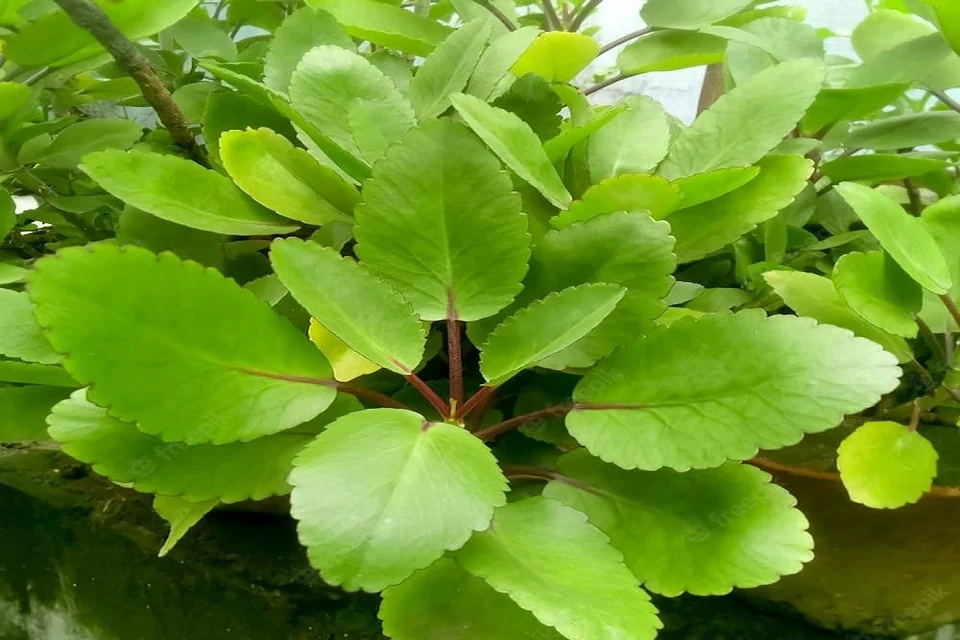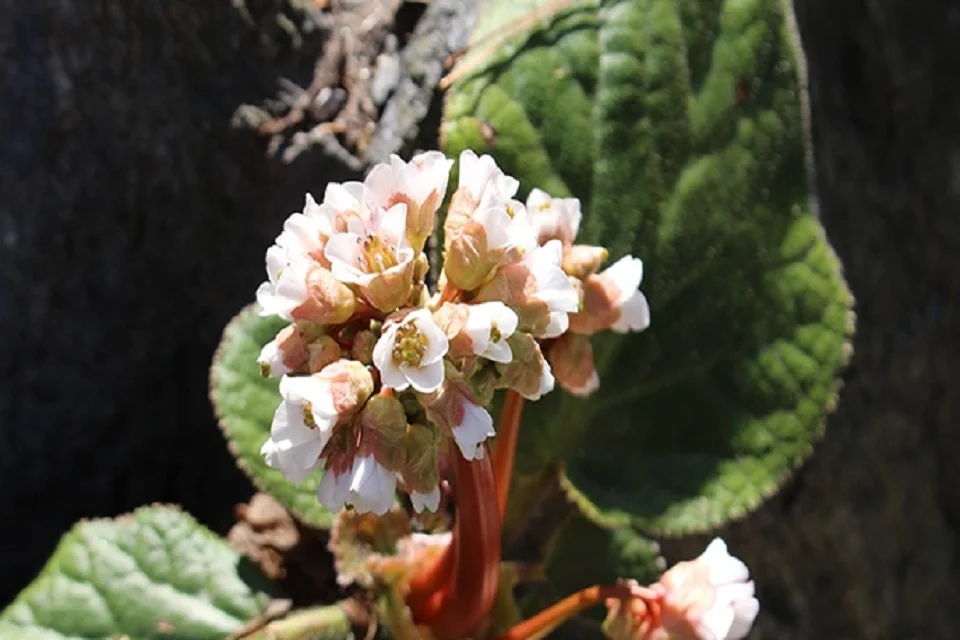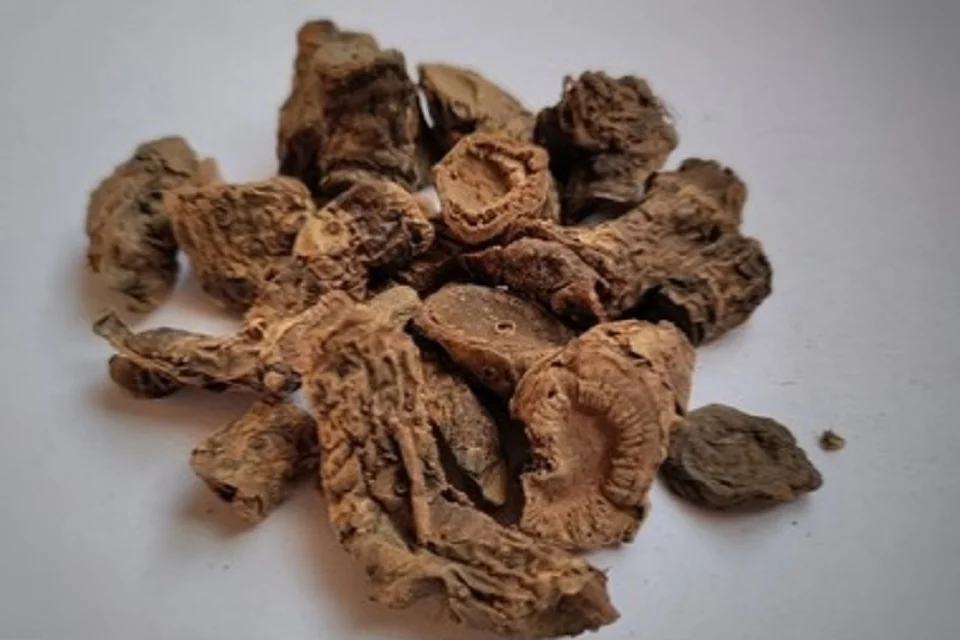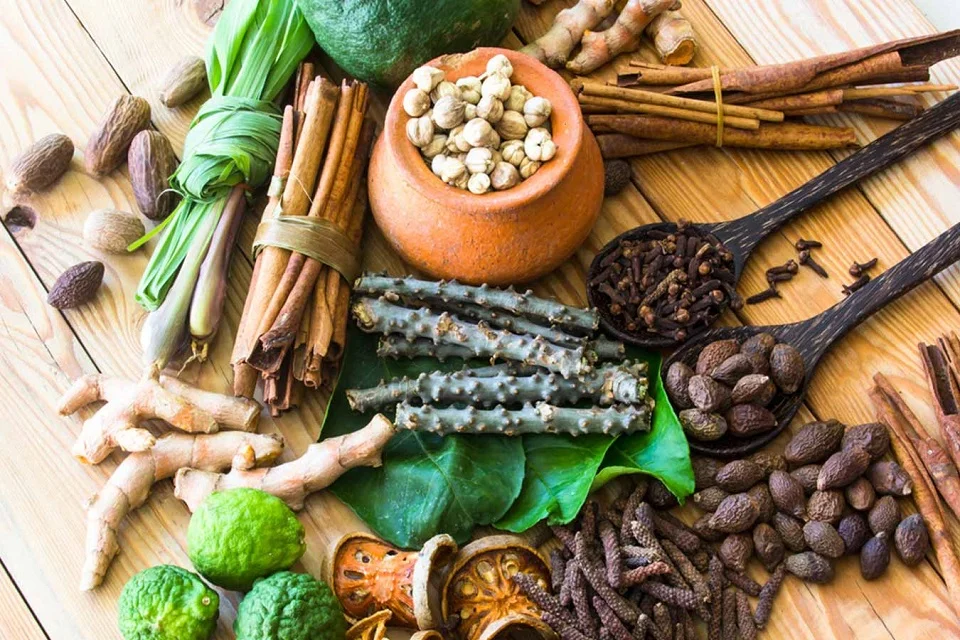Pashanbhed benefits, dosage, side effects, and how to use it?
What is Pashanbhed? Pashanbhed, known scientifically as Bergenia ligulata, is a revered herb in Ayurveda, renowned for its potent medicinal …

What is Pashanbhed?
Pashanbhed, known scientifically as Bergenia ligulata, is a revered herb in Ayurveda, renowned for its potent medicinal properties. Traditionally utilized for its lithotriptic (stone-dissolving) effects, Pashanbheda is highly effective in treating urinary stones and kidney disorders. Rich in anti-inflammatory and antimicrobial compounds, it also supports overall urinary tract health. Additionally, it aids in managing diabetes, reducing fever, and enhancing wound healing
Pashanbhed in Ayurveda
According to Ayurveda, consuming Pashanbhed powder increases urine production and helps in the easy removal of stones due to its Mutral (diuretic) property.
What is the Morphology of Bergenia ciliate?

Latin name– Bergenia ciliata(Haw.) Sternb., Syn. Bergenia ligulata (Wall.) Engl. (Fam. Saxifragaceae)
Bergenia ciliata, a small perennial herb found throughout the temperate Himalayas from Bhutan to Kashmir at an altitude between 2000-3000 m and in Khasia hills upto 1200 m altitude. Rootstock is very stout. Stems short, thick, fleshy. Leaves ovate or round, 5-15 cm long. long. Flowers white, pink, or purple, 3.2 cm diameter, forming a cymose panicle. Flowering stems are flexible. Styles long. Flowering happens in the Spring season to summer or rainy season.
Synonyms of Pashanbhed
Ashmabhedak, Shilabheda
Classical Categorization of Pashanbhed in Samhita
- Charak:Mutravirechaniya
- Sushruta:Viratarvadi
- Vaghbhatta:Viratarvadi
Other/Regional Language Names
- English:
- Gujarati:Pashanbheda, Pakhanbheda
- Hindi: Pakhanabheda, Silphara, Patharcua, Pakhanabhed, Silpbheda
- Kannada: Alepgaya, Pahanbhedi, Hittaga, Pasanaberu, Hittulaka
- Kashmiri:Pashanbhed
- Malayalam:Kallurvanchi, Kallurvanni, Kallorvanchi
- Marathi:Pashanbheda
- Oriya:Pasanbhedi, Pashanabheda
- Punjabi:Kachalu, Pashanbhed
- Tamil:Sirupilai
- Telugu:Kondapindi
- Urdu:
- Assamese:Patharkuchi
- Bengali:Patharkuchi, Himasagara, Patrankur
Constituents of Bergenia ciliate?
Tannic acid, gallic acid, and glucose
Rasa Panchak of Pashanbhed
- Rasa:Tikta, Kashaya
- Guna:Laghu
- Virya:Shita
- Vipaka:Katu
- Karma: Ashmarighna, Bhedana, vastishodhan, Mutravirechaniya
References of Pashanbhed in Ayurvedic texts
पाषाणभेद मूत्र विरेचनीयानि भवन्ति ॥
(च० सू०; 4/35)
अश्मभेदो हिमस्तिक्तः कषायो बस्तिशोधनः ॥
भेदनो हन्ति दोषार्शोगुल्मकृच्छाश्महृद्रुजः ।
योनिरोगान्प्रमेहांश्च प्लीहशूलव्रणानि च ॥
(भा० प्र०, , हरीतक्यादि वर्ग; 184-185)
What are Benefits of Pashanbhed?
- Meha
- Ashmari
- Mutrakrchha
- Yoniroga
- Arsha
- Gulma
- Plihashula
- Vrana
What is the use of Pashanbhed in texts?
- Nala, Pāşāņabheda, Darbha, Ikșu, Trapusa, and Ervāru bīja are boiled with milk and given with honey for Ashmari and Mutrakrchha.(S.S.Ut.58)
How much is the Dose of Pashanbhed as described in ancient texts?
3-6 g of the drug in powder form
20-30 g of the drug for decoction
What are the Useful Part of Pashanbhed?
Mula (Root)

What are the side effects of Pashanbhed?
- Pashanbheda can affect blood sugar levels, potentially posing risks for people with diabetes or those on blood sugar-lowering medications.
- It may interact with diuretics, blood pressure medications, or anticoagulants, altering their effectiveness or causing adverse effects.
- Side effects are of taking the drug in high doses, under the guidance of qualified vaidya, or inappropriate doses it is safe to consume.
List of formulations of Pashanbheda
- Pashanbhedadi churna
- Pashaņbhedadi ghṛta
- Pashaņbhedādi kvātha
- Mutravirechaniya Kashaya
Research of Pashanbheda
- Literary review of Pashanbheda
- The aqueous, alcoholic, and acetone extracts of roots (20 mg/ kg i.v.) produced transient fall in BP of anesthetized dogs. Only alcoholic extract potentiated pentobarbitone-induced hypnosis in mice in a dose of 50mg/kg. An oral dose of 0.5g/kg of alcoholic extract showed significant diuretic activity in rats (Sharma, 1970).
- Alcoholic extract of rhizome showed anti-cancer activity in Walker carcinosarcoma 256 in rats. It also showed anti-protozoal activity against Ent. histolytica (Dhar et al., 1968)
- The aqueous extract had some diuretic effect in rats and insignificant anti-lithic activity in male rats (Maurya et al., 1972).
Conclusion
In conclusion, Pashanbheda (Bergenia ligulata) stands out in Ayurveda for its impressive therapeutic benefits, particularly in treating urinary stones and supporting urinary tract health. Its anti-inflammatory, antimicrobial, and wound-healing properties further enhance its medicinal value.







